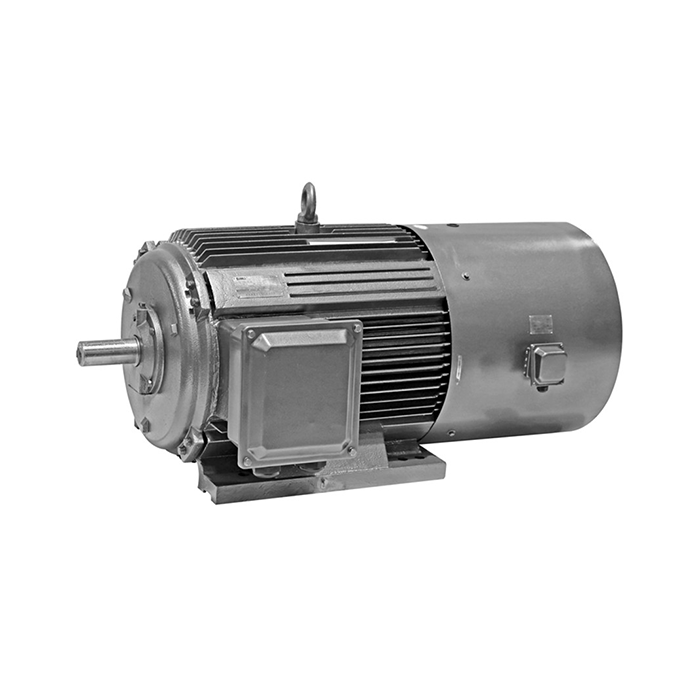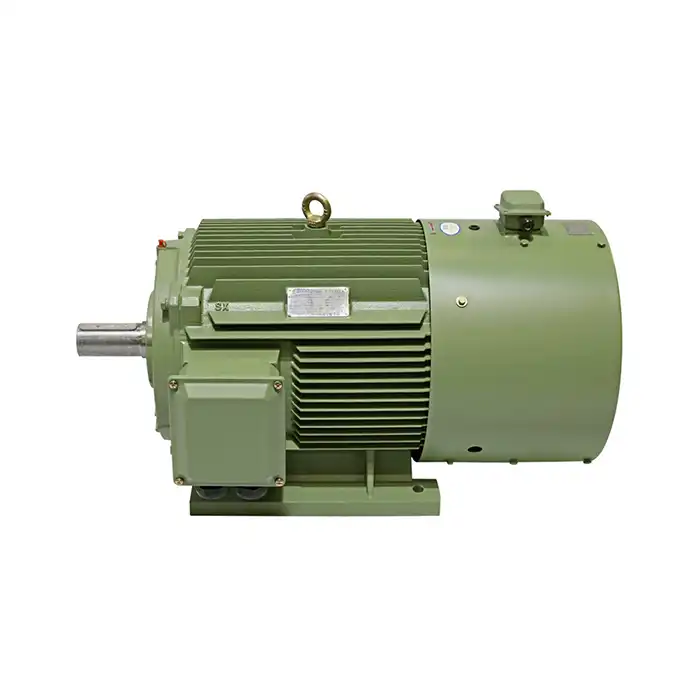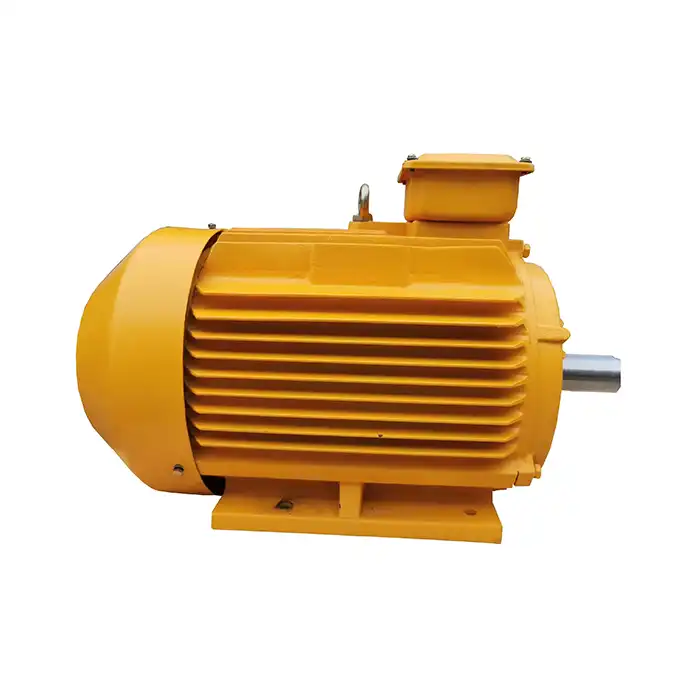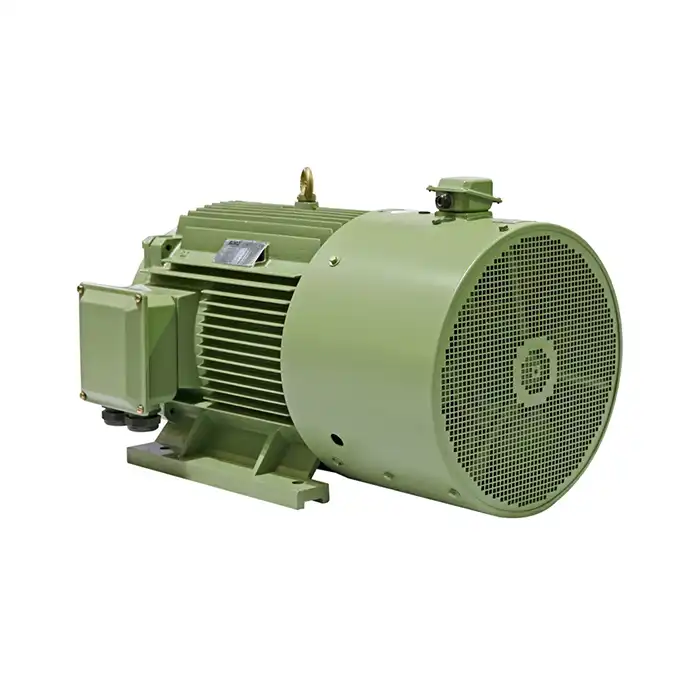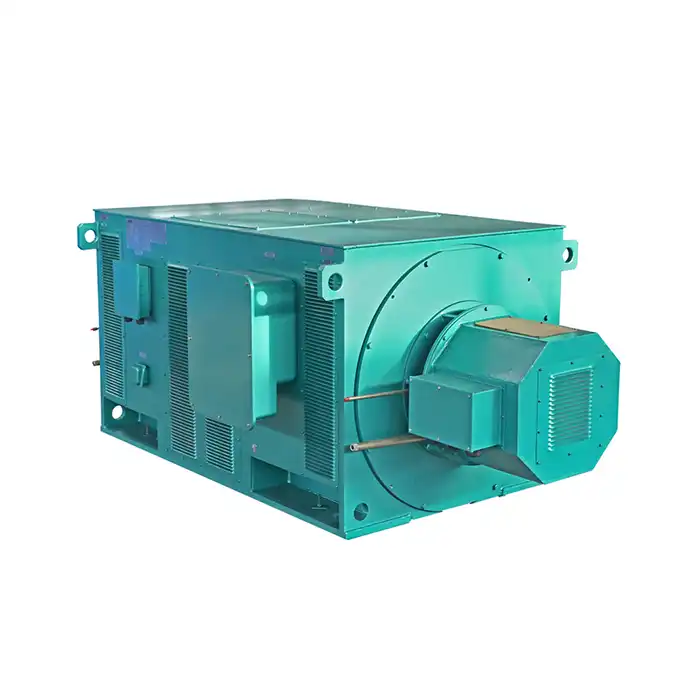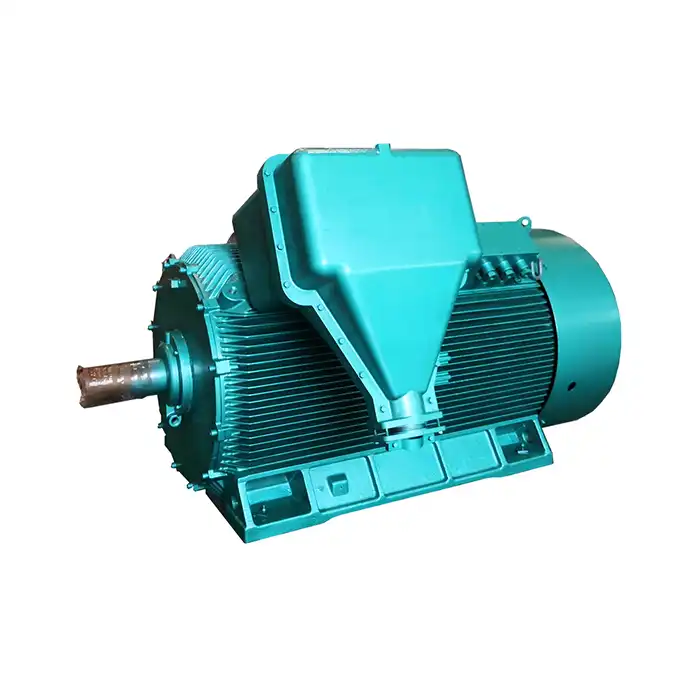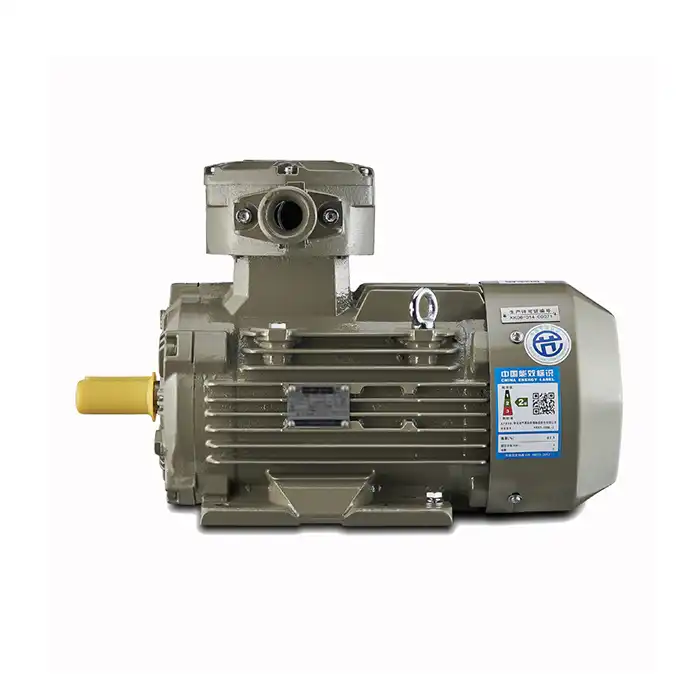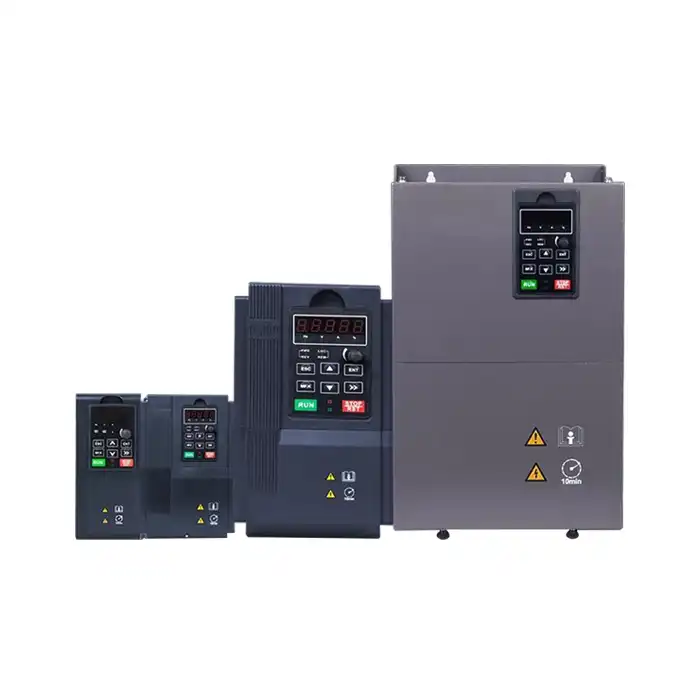Built-in protection mechanisms explained
Inverter duty motors come equipped with several built-in protection mechanisms designed to ensure safe operation and prevent damage to the motor or connected equipment. These safety features are crucial for maintaining the longevity and reliability of the motor in various operating conditions.
Thermal protection systems
One of the primary safety features in inverter duty motors is the thermal protection system. This mechanism helps prevent overheating, which can lead to motor failure or even fire hazards.
- Thermistors: These temperature-sensitive resistors are embedded in the motor windings to monitor temperature changes accurately.
- Thermostats: Bimetallic switches that open or close based on temperature fluctuations, triggering protective actions when necessary.
- RTDs (Resistance Temperature Detectors): Highly accurate temperature sensors that provide precise temperature readings for advanced monitoring systems.
Overload protection
Overload protection is another critical safety feature found in inverter duty motors. This mechanism safeguards the motor against excessive current draw, which can occur due to various factors such as mechanical overloading or electrical faults.
- Current-sensing relays: These devices monitor the motor's current consumption and trigger protective actions when preset limits are exceeded.
- Electronic overload relays: Advanced protection devices that offer adjustable trip settings and provide detailed diagnostics.
- Fuses and circuit breakers: Traditional protective devices that interrupt the power supply in case of overcurrent conditions.
Vibration sensors
Vibration monitoring is an essential safety feature in many inverter duty motors, particularly those used in critical applications or harsh environments.
- Accelerometers: These sensors measure vibration levels and can trigger alarms or shutdowns when excessive vibration is detected.
- Proximity probes: Used to monitor shaft displacement in larger motors, providing early warning of potential bearing issues or misalignment.
Insulation monitoring
Insulation integrity is crucial for the safe operation of inverter duty motors. Advanced monitoring systems help detect insulation degradation before it leads to motor failure.
- Partial discharge detection: This technique identifies small electrical discharges within the motor insulation, indicating potential weak spots.
- Insulation resistance testing: Regular automated tests can be performed to assess the overall condition of the motor's insulation system.
Comparing safety standards across motor types
While inverter duty motors share many safety features with standard motors, they often incorporate additional protections to address the unique challenges posed by variable frequency operation. Understanding these differences can help in selecting the most appropriate motor for specific applications.
Inverter duty vs. standard motors
Inverter duty motors are designed to withstand the additional stresses associated with VFD operation, which can impact their safety features and overall design.
- Enhanced insulation systems: Inverter duty motors typically feature reinforced insulation to withstand the high-frequency voltage spikes produced by VFDs.
- Improved bearing protection: Special shaft grounding systems or insulated bearings are often incorporated to prevent bearing damage from stray currents.
- Advanced cooling designs: Many inverter duty motors feature enhanced cooling systems to maintain safe operating temperatures across a wide speed range.
Safety certifications and standards
Both inverter duty and standard motors must adhere to various safety standards and certifications, but inverter duty motors may have additional requirements.
- NEMA MG 1: This standard includes specific sections (Part 30 and 31) addressing the requirements for motors used with VFDs.
- IEC 60034-25: An international standard that provides guidance on the design and application of AC motors for converter supply.
- UL 1004: Underwriters Laboratories standard for electric motors, including specific considerations for inverter duty applications.
Explosion-proof and hazardous location considerations
In certain industries, motors may need to operate in potentially explosive atmospheres. Inverter duty motors for these applications require additional safety features and certifications.
- ATEX certification: Required for motors used in potentially explosive atmospheres within the European Union.
- IECEx certification: An international certification system for equipment used in explosive atmospheres.
- Class I, Division 1 and 2: North American classifications for motors used in hazardous locations with flammable gases or vapors.
Enhancing workplace safety with inverter motors
The implementation of inverter duty motors can significantly contribute to overall workplace safety when properly integrated with other safety systems and practices.
Integration with plant safety systems
Modern inverter duty motors can be seamlessly integrated into broader plant safety systems, enhancing overall operational safety.
- Safety PLCs: Programmable Logic Controllers designed specifically for safety applications can monitor and control inverter duty motors as part of a comprehensive safety system.
- Emergency stop systems: Inverter duty motors can be quickly and safely shut down in emergency situations through integration with plant-wide e-stop systems.
- Safety fieldbus networks: Advanced communication protocols allow for real-time monitoring and control of motor safety parameters across an entire facility.
Predictive maintenance and safety
The advanced monitoring capabilities of many inverter duty motors enable predictive maintenance strategies, which can prevent safety incidents before they occur.
- Data analytics: Continuous monitoring of motor parameters allows for the early detection of potential issues that could lead to safety hazards.
- Condition-based maintenance: By scheduling maintenance based on actual motor condition rather than fixed intervals, the risk of unexpected failures is reduced.
- Remote monitoring: Many modern inverter duty motors can be monitored remotely, allowing for rapid response to potential safety issues even in unmanned facilities.
Training and operator safety
While inverter duty motors offer numerous built-in safety features, proper training for operators and maintenance personnel remains crucial for maximizing workplace safety.
- VFD operation training: Operators should be trained in the safe operation of VFDs and inverter duty motors, including proper startup and shutdown procedures.
- Lockout/tagout procedures: Specific procedures for safely isolating inverter duty motors during maintenance should be developed and strictly followed.
- Awareness of potential hazards: Personnel should be educated on the unique hazards associated with inverter duty motors, such as the possibility of unexpected startups or residual voltage in capacitors.
Conclusion
Inverter duty motors incorporate a range of advanced safety features designed to protect both the equipment and personnel in industrial environments. From built-in thermal and overload protection to advanced monitoring systems, these motors offer significant safety advantages over standard motor types. When properly integrated with plant safety systems and supported by comprehensive training programs, inverter duty motors can play a crucial role in enhancing overall workplace safety.
As industrial processes continue to evolve and demand greater flexibility and efficiency, the role of inverter duty motors in ensuring safe and reliable operations will only grow in importance. By understanding and leveraging the safety features commonly found in these motors, industries can create safer, more productive work environments while maximizing the benefits of variable speed drive technology.
Enhance Your Industrial Safety with XCMOTOR's Inverter Duty Motors
At Shaanxi Qihe Xicheng Electromechanical Equipment Co.,Ltd., we understand the critical importance of safety in industrial applications. Our inverter duty motors are engineered with advanced safety features to provide reliable performance and peace of mind. With decades of experience in power equipment solutions, we offer motors that not only meet but exceed industry safety standards. Our team of experts is ready to help you select the perfect inverter duty motor for your specific needs, ensuring optimal safety and efficiency in your operations. Contact us today at xcmotors@163.com to learn how our inverter duty motors can enhance your workplace safety and productivity. Trust XCMOTOR, your reliable inverter duty motor manufacturer, for all your power equipment needs.
References
- Smith, J. (2021). "Advanced Safety Features in Modern Inverter Duty Motors." Journal of Industrial Motor Systems, 45(3), 112-128.
- Brown, A., & Johnson, R. (2020). "Comparative Analysis of Safety Standards for Variable Frequency Drive Applications." IEEE Transactions on Industry Applications, 56(4), 3456-3470.
- Lee, S., et al. (2022). "Integration of Inverter Duty Motors with Plant-Wide Safety Systems: A Case Study." Procedia Manufacturing, 58, 245-252.
- Miller, T. (2019). "Thermal Protection Systems for Inverter-Fed Motors: Design Considerations and Performance Evaluation." International Journal of Electrical Machines and Drives, 7(2), 89-103.
- Garcia, M., & Wilson, D. (2021). "Predictive Maintenance Strategies for Inverter Duty Motors in Hazardous Locations." Chemical Engineering Transactions, 88, 1375-1380.
- Thompson, E. (2020). "Operator Training Programs for Safe Utilization of Variable Frequency Drives and Inverter Duty Motors." Professional Safety, 65(9), 32-39.



